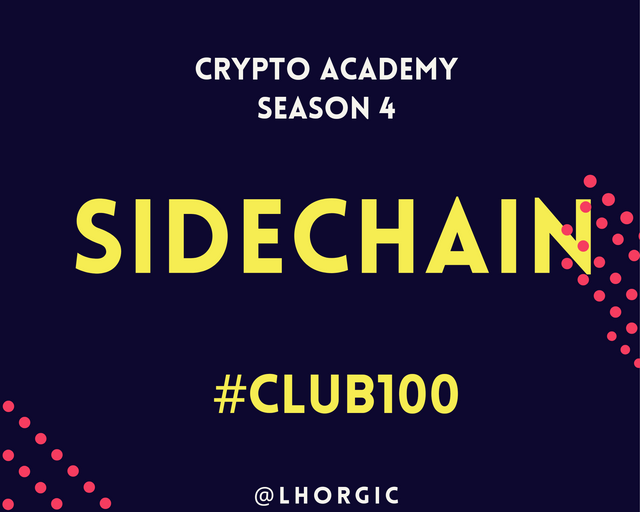
I read with interest this lesson thst was well delivered by our amiable prof. @pelon53, I must say, it was really interesting. I decided to carry out the task just to demonstrate my understanding about the lesson. Below is my entry.
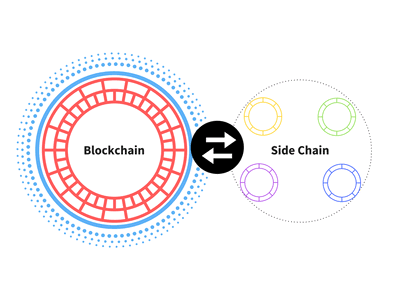
Image Sources
What is a Side Chain?

A side chain can be defined as a parallel blockchain usually linked to a particular blockchain know as the mother or main blockchain through what we call the two-way peg system and it is developed to solve specific type of problem associated with the main blockchain.
It functions by sending your coin or digital asset from a main chain to an address where it is then locked for a period and unused until the transaction is verified and sent across the chain,then it is sent to the side chain where user can now have access to the coin after a short waiting period.
ZK ROLLUPS.
Zk-Rollups can be defines as one of the viable development categorized under layer 2, is notable for scalability in terms of mass transfer processing that is rolled up into one single transaction. In other word ZK rollup put together hundreds of transfer together in on single transaction unlike plasma that create one transaction per transfer. Its really a big improvement as regards to transfers and transaction processing. Futher more it is important to mention that a “zero knowledge proof” is the mechanism used to publicly display and record the validity of block on the ethereum network. One major thing Zk helps in achieving is the fact that it helps saves storage resources by reducing the amount of size of data held per transaction.
How it works.
ZK rollups has two key user, they are;
- Transactors
- Relayers
The transactors are those that initiate transfers and broadcast the transfer data on the networks. The transfer data contains the “to” and the “from” address signifying who is sending and who should be receiving, the amount or value to be transacted, the network fee and nonce. The transactor can create a deposit with value of transaction greater than zero likewise a withdrawer with value of transaction less than zero. With the help of smart contract, the data is recorded in two Merkle tree with the address on one Mekle tree and the amount transfers in the other.
The Relayers on the other hand do the collection of massive amount of transfer even in hundreds and then create a rollup. They then generate the SNARK proof which is used to compare a snapshot of the blochain before and after a transfer and then a report is then made to the mainnet.
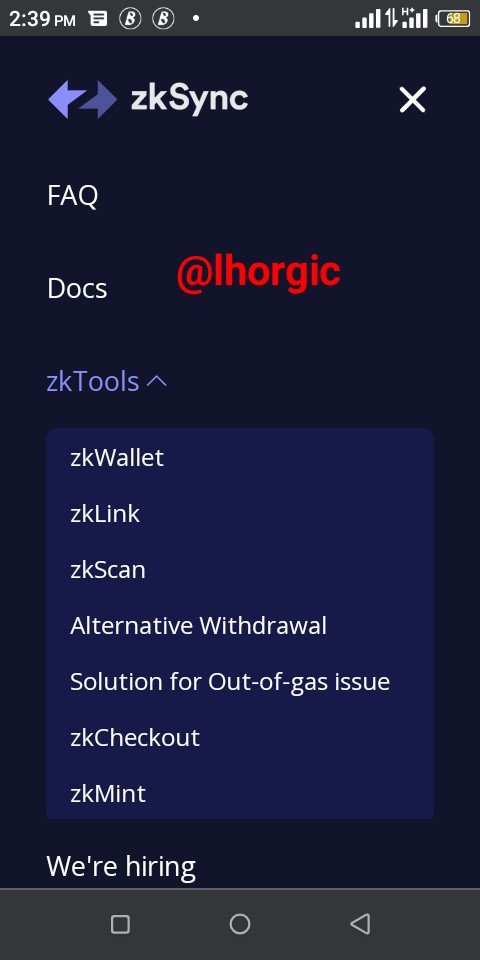
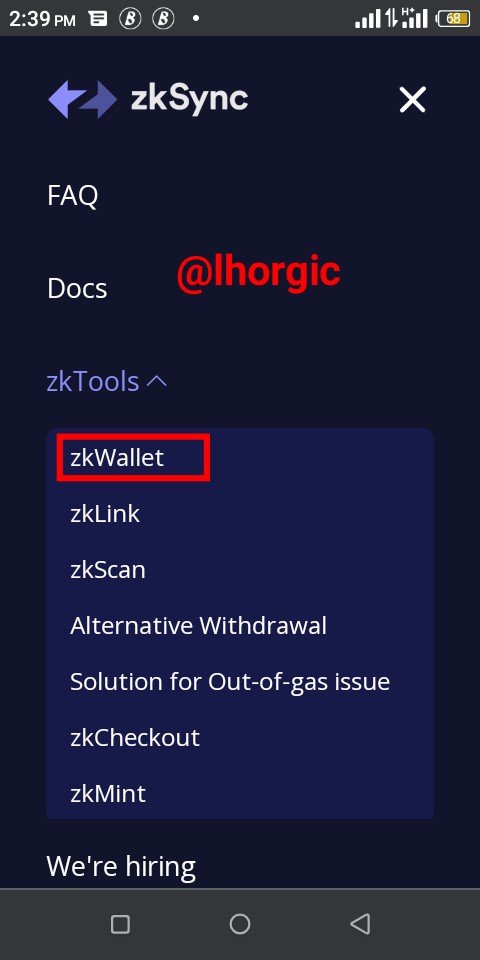
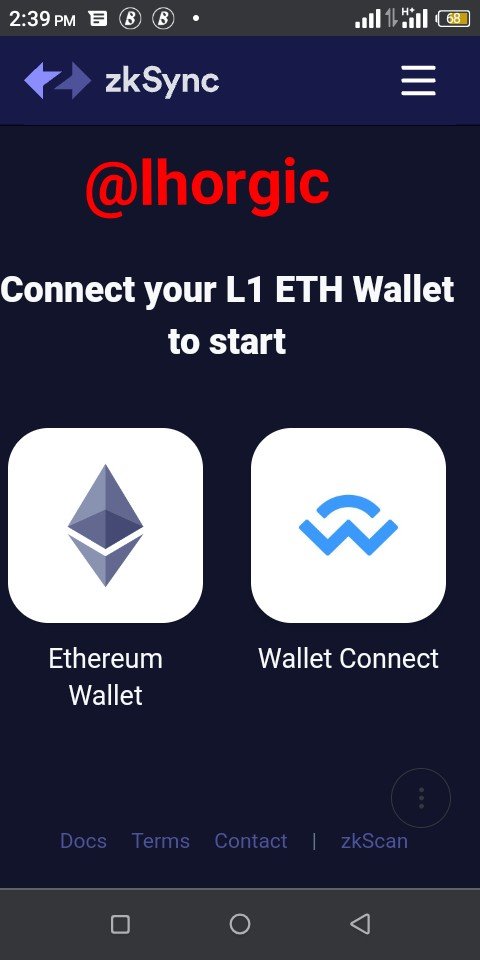
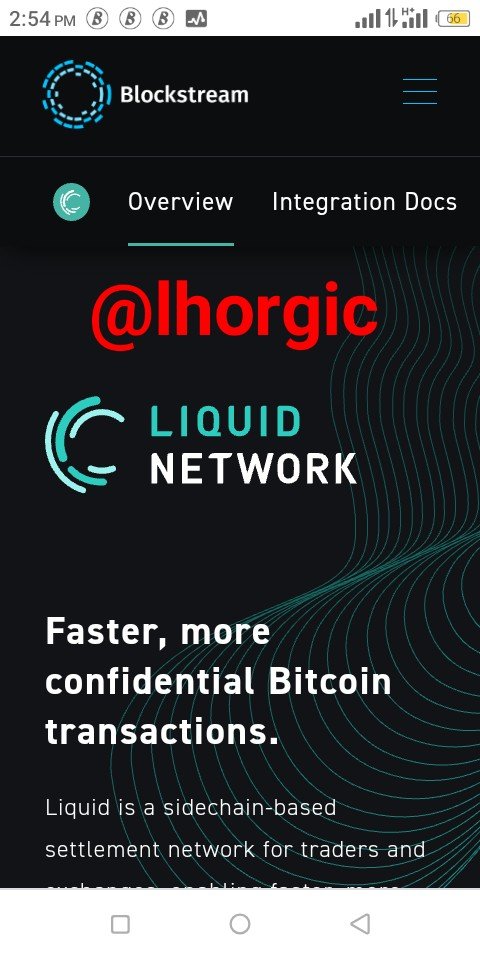
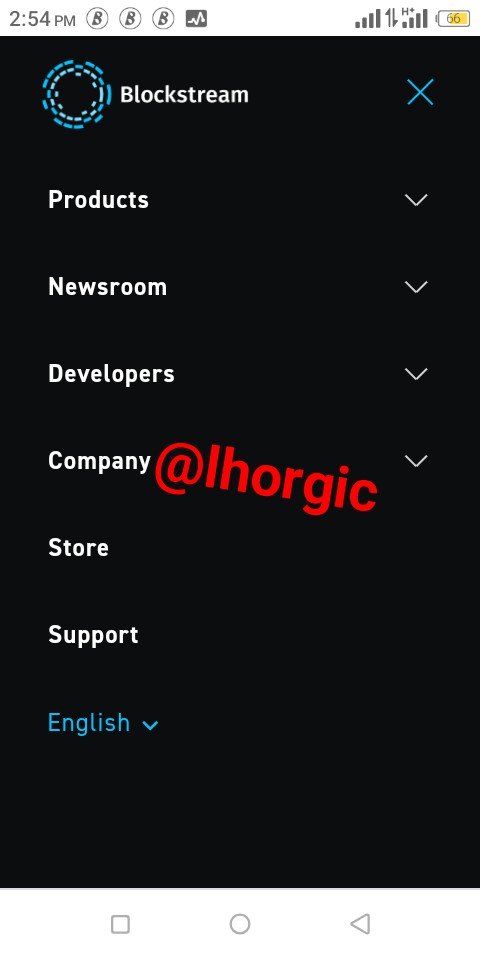
Image Sources
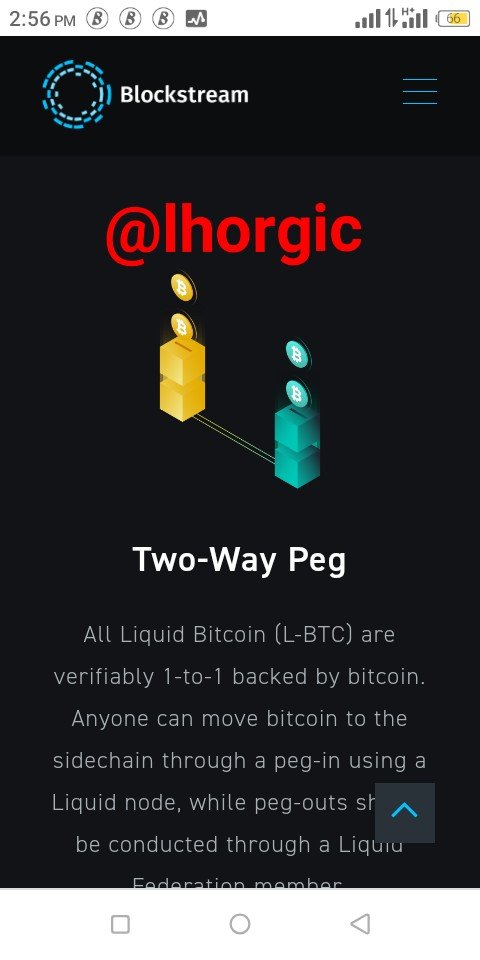
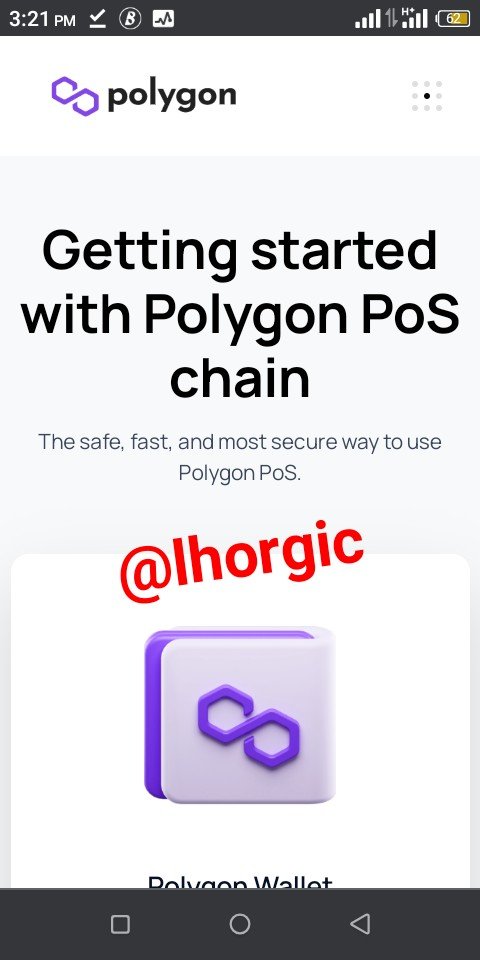
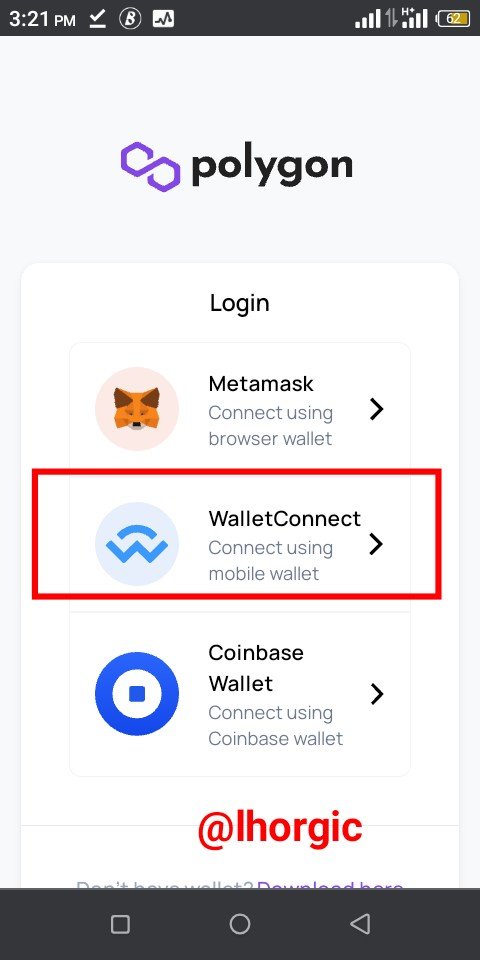
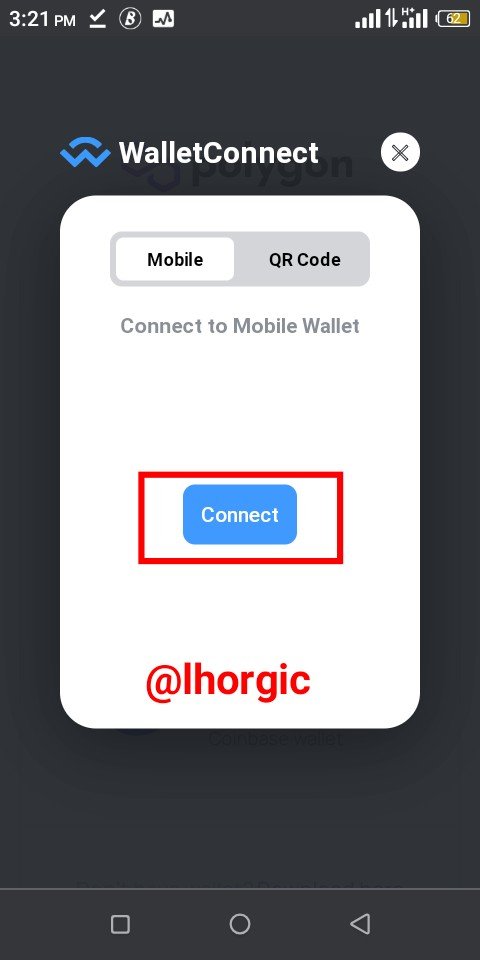
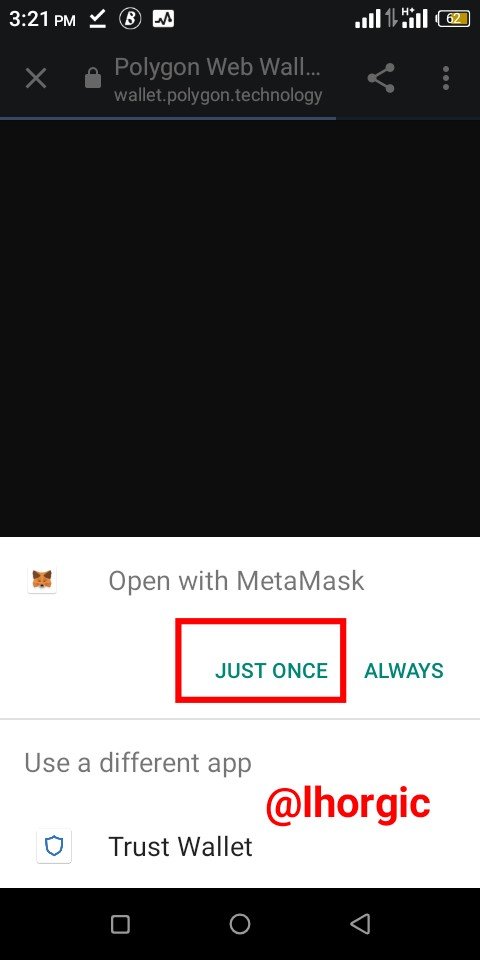
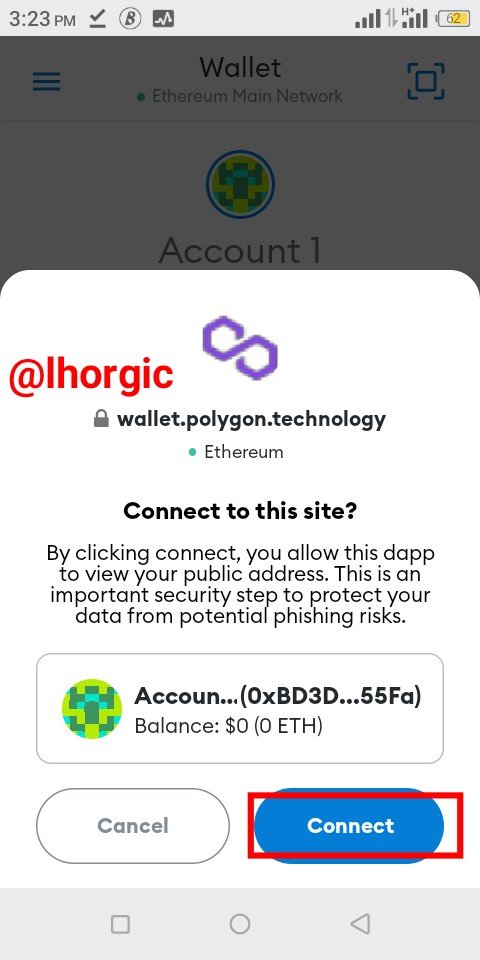


Image
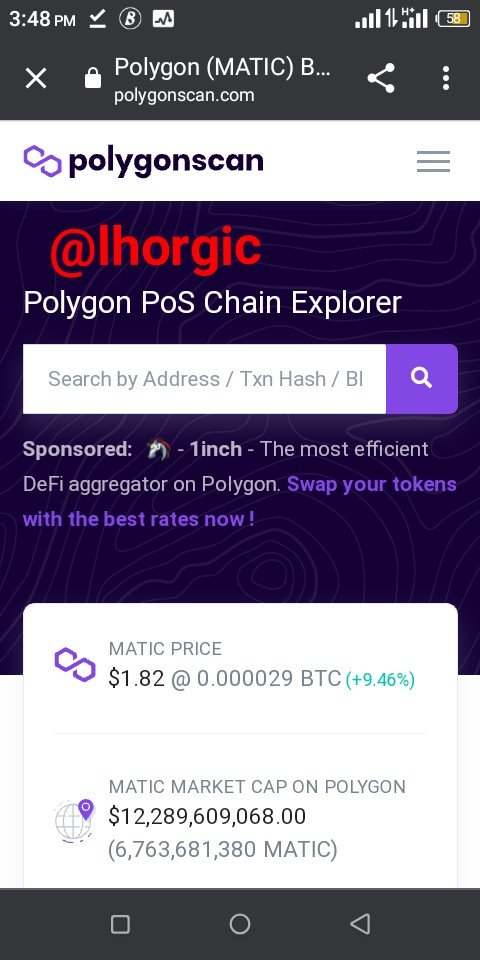
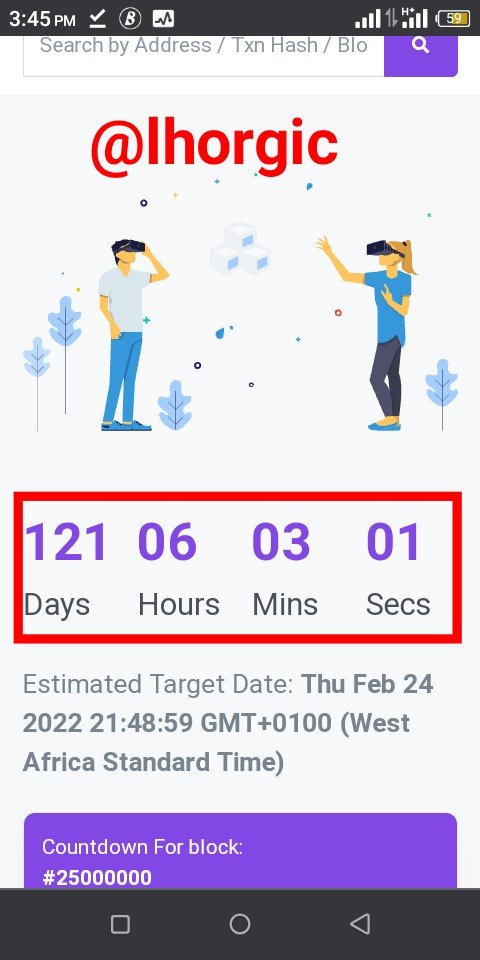
The future time forget block production has been highlighted.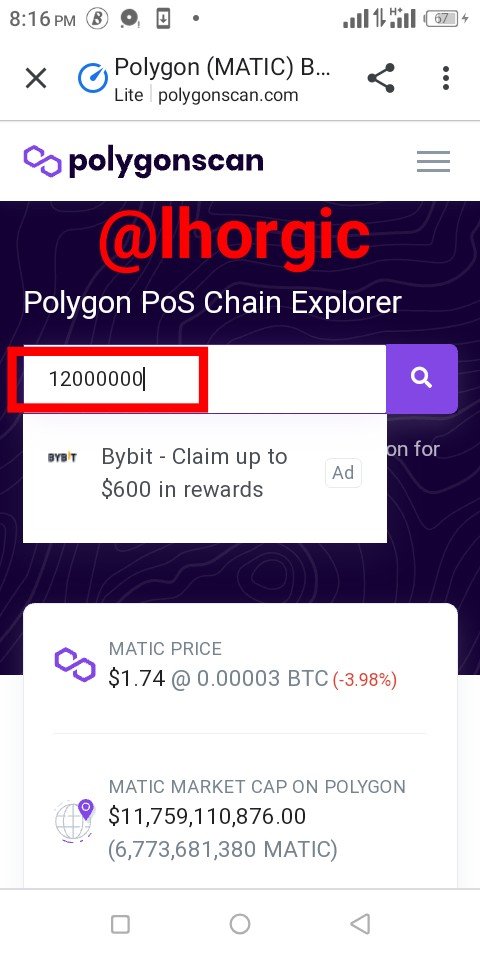
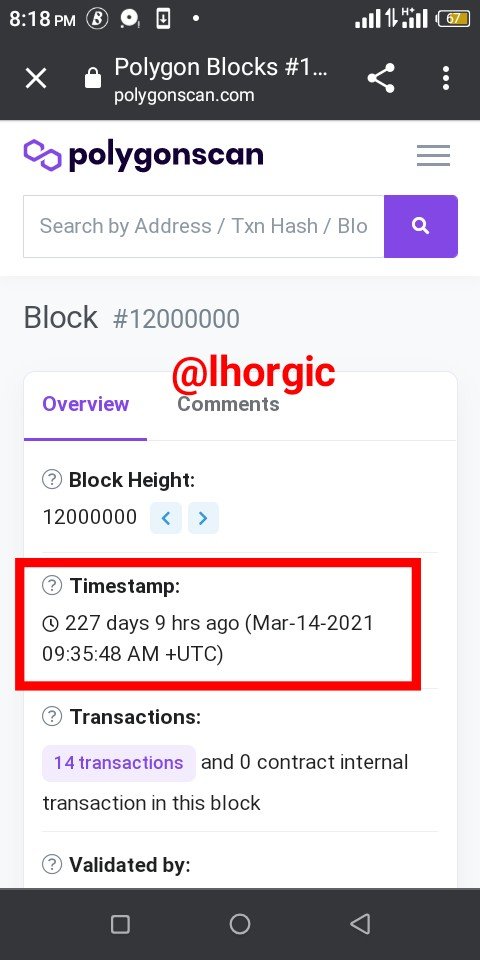
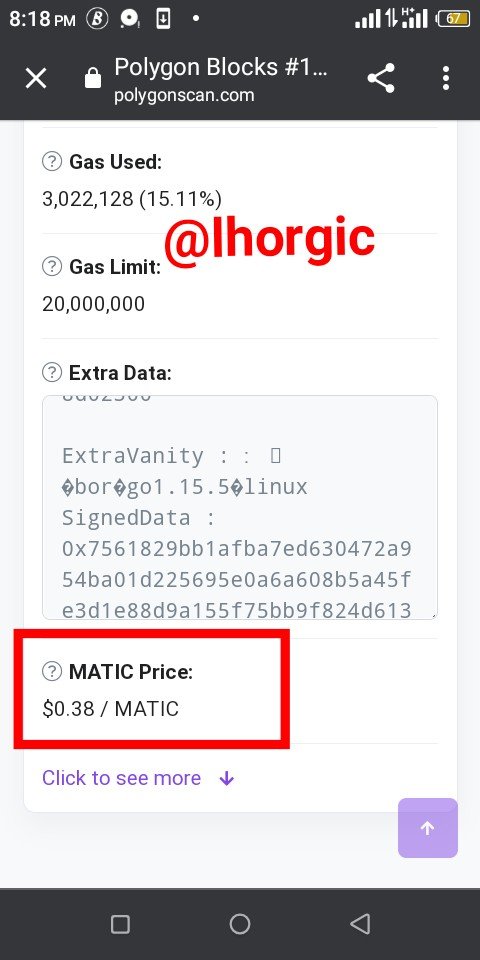
Image source
Pros.
- Users pay less as transfer fee
- It is faster than the plasma mechanism and optimized rollup
High scalability - Fraudulent acts are brought down to the bearest minimum in this system
Cons.
- Initial set up of Zk rollup has an element of centralization
- The security scheme has an iota of unverifiable trust
- Quantum computing exposes the chain to threat
ZkSync

Another intesting things I found about ZkSync which helps illustrate the Zk-rollups mechanism well. It is created by ethereum and like we all know it is highly scalable and also supports low gas transfer of ERC20 token and ETH in the ethereum network. See screenshot below of how I explored the Zksync platform and also connect it to my mobile wallet such as metamask.


Question 2: Explain the liquid network Sidechain
Liquid Network.


Liquid Network is a Bitcoin based side chain. Let's not forget that sidechain always have a main chain and in the case of liquid Network,Bitcoin blockchain is the main chain. This side chain was created to solve the problem encountered by traders trading Bitcoin and one of the problem fard is that of delay in approval of transaction. This network solves this problem by providing a confidential and fast and seemless transaction among users. It important to mention at this point that liquid parallel network is configured using element code coupled with the federation technology of Blockstreams to carry out one-to-one exchange of Bitcoin across the different blockchains.
How it works
Users transfers enjoy smooth transfers by transferring LBTC token using the liquid Network members exchange and the recipient can also withdraw the LBTC form the exchange using a wallet that support LBTC (i.e GreenAddress) or also choose to use the liquid Network members exchange wallet.
Conversion of BTC & LBTC

To achieve this, liquid members sends BTC to liquid Network federation and when transaction carried out hit 102 approvals on the Bitcoin network,the equivalent amount of LBTC is sent to the member. This whole process can be reffered to as peg-in.
In a case where member decided to convert LBTC to BTC ,he will have to go through what we call peg-out or exit transfer which can be carried out by a liquid Network member.
Describe the steps to connect the Metamask wallet and the Polygon network wallet. (show screenshot)
The steps in connecting the wallets can be seen below following the steps.
Step 1: I accessed the polygon network wallet via my mobile browser. https://wallet.polygon.technology/

Step 2: clicked on it and then walletconnect

Step3: clicked on "connect"

Step 4: click on Metamask

Step 5: connect the wallet



According to the polygonscan block explorer, when will the block 25,000,000 be generated? Show screenshot. Explore the 12,000,00 block at that time ,what was the price of the matic?
Step 1: I logged into he polygonscan block explorer to carry out this assignment.
Step 2:I Inputed the value(25000000) in the search box
Step 3: it brought out a result showing that the block has not been produced,it's a future block.


The future time forget block production has been highlighted.
Checking for 12,000,000



The price of magic as at the time of assignment is $0.38
Conclusion.
Sidechain is indeed a viable solution to the problem face by the main blockcahin and it has proven itself to be really effective and it will see more progress in years to come. It is known for scalability and fast secure service and it has given many the privilege to enjoy seemless transactions. I really had a good time exploring this lesson.
Thanks dear prof @pelon53